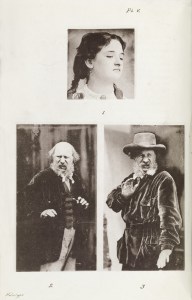by Tara MacDonald
NAVSA – the North American Victorian Studies Association – just held its annual conference in Phoenix, Arizona. This year’s theme was Social Victorians, a rich topic that lent itself to a wide variety of papers. When I decided that I would like to write a post for The Floating Academy on Caroline Levine’s thought-provoking plenary – which ended the conference – I had no idea that I would be writing after Donald Trump was elected president of the United States, an event that has prompted an increase hate crimes and reactionary protests. It now seems that Levine’s calls to action for humanities scholars are more important than ever.
Levine’s talk, “Forms of Sociability: Novels, Numbers, and Other Collectives” began with the claim that we, as humanities scholars, typically do not deal with generalities but with singularities. Singularities are exceptions to the rule, oddities, moments or examples of strangeness. Why and how do we study singularities, she asked? Singularities are typically what humanities critics point out, through skills like close reading. Emphasizing singularities can help us to poke holes in broad arguments, to argue for nuance, and to say that things are not as they might obviously seem. But, being scholars of singularities might mean that we are on the defensive or that we don’t get to make large, important claims. Or perhaps it means – and this was one of Levine’s main claims – that we can point out social or political problems but not contribute to their solution.

